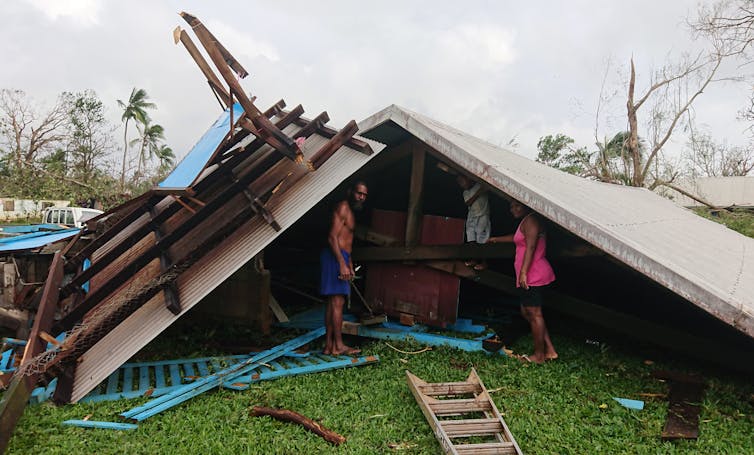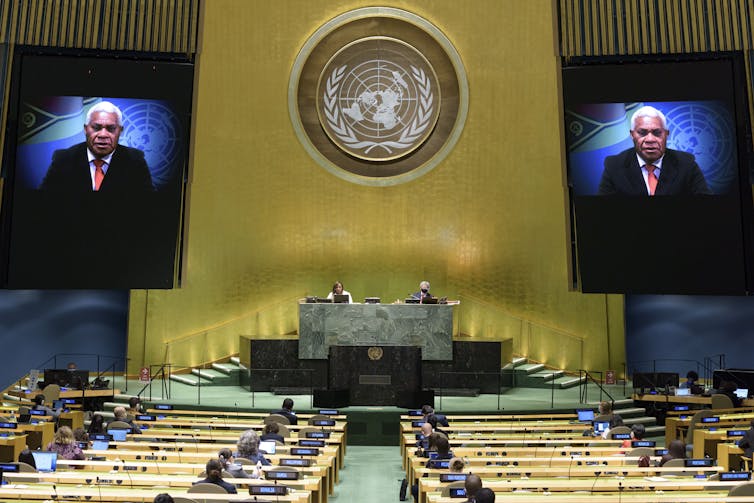We can no longer ignore the threats facing the Pacific — we need to support more migration to Australia
If only 1% of the Pacific’s population was permitted to work permanently in Australia, this would bring more benefits to the region than Australia’s annual aid contribution.




